🧪 The Restaking Revolution: How Liquid Staking Is Supercharging DeFi Yields
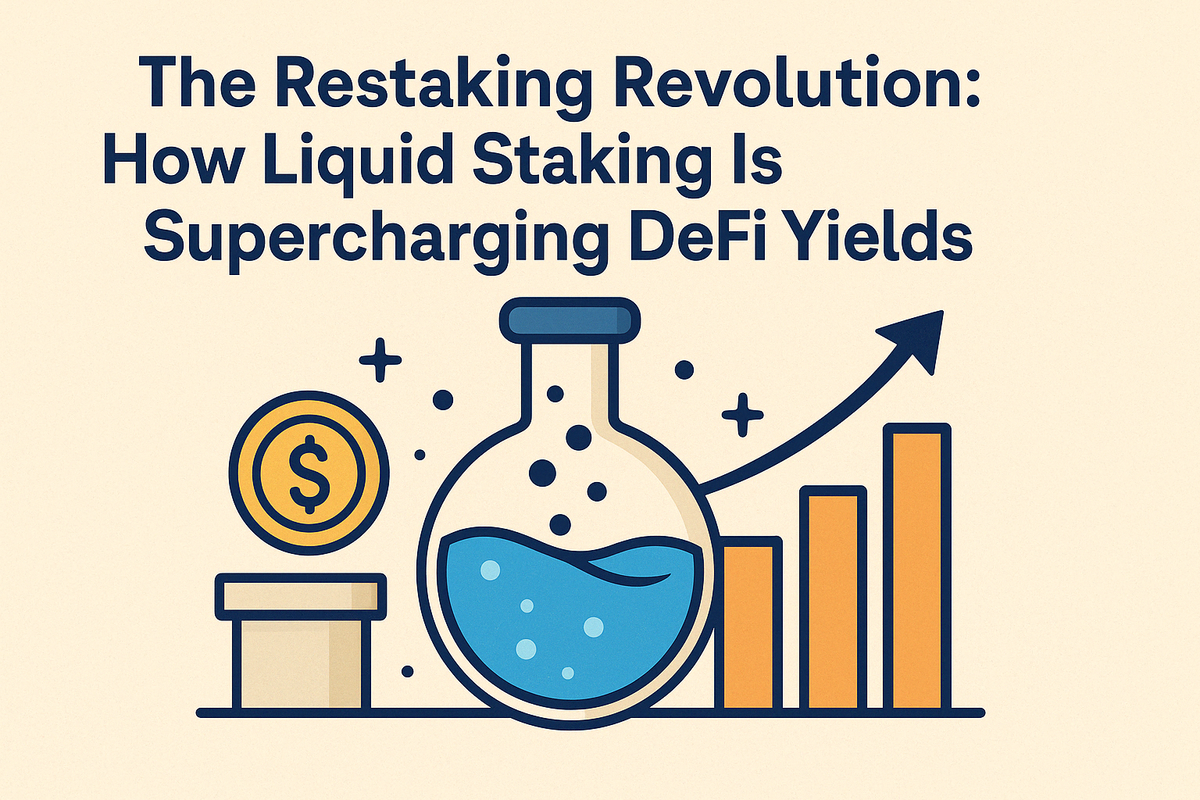
In 2025, a new wave is sweeping across DeFi, and it's powered by Liquid Staking Derivatives (LSDs) and the growing power of restaking. Users are no longer content with single-yield opportunities, instead, they're looking to stack rewards, unlock capital efficiency, and participate in an increasingly interconnected, multichain financial system.
💧 What is Liquid Staking, and Why Does It Matter?
Traditionally, staking meant locking up your assets, often for weeks or months, in exchange for modest rewards and the right to help secure the network. But what if you could keep earning yield, and still use your staked assets across DeFi?
That's the magic of Liquid Staking Derivatives (LSDs), tokenized representations of staked assets, which let you hold, trade, or deploy your staked ETH or other tokens in liquidity pools, lending platforms, or even on-chain games. LSDs have become a fundamental DeFi primitive, thanks to protocols like Lido, Rocket Pool, and more recently, EigenLayer.

♻️ The Rise of Restaking, Reusing Staked Capital
Restaking takes it one step further. With EigenLayer, users can "restake" their already staked ETH, putting it to work securing Actively Validated Services (AVS), while still earning their original staking yield.
In other words, one staked token, multiple rewards.
This is where the concept of omni-sourced yield kicks in, stacking rewards from multiple services, all secured by the same base layer. It’s a game-changer for capital efficiency and opens up a new design space for cross-chain yield strategies.
📖 Glossary Tip, EigenLayer introduces Actively Validated Services, decentralized applications secured by Ethereum’s validator set through restaked ETH.
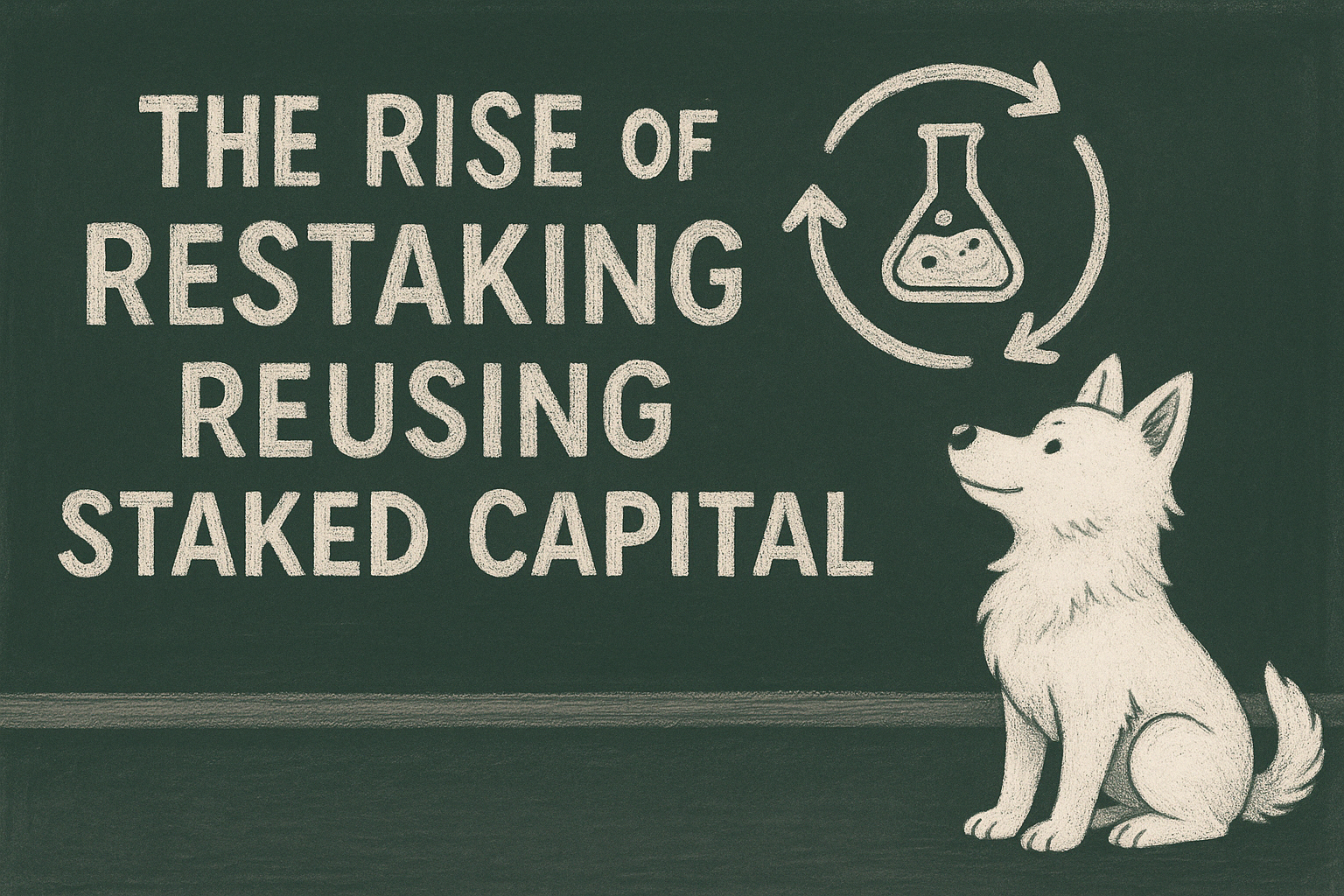
🔄 How This Impacts DeFi
With restaking, yield farming evolves from simple token incentives into something smarter and more modular. Projects are designing Yield Strategy that automatically allocate capital to the highest-return opportunities, including staking, restaking, and farming.
And protocols like Mitosis, with its Programmable Liquidity framework, are already experimenting with ways to plug into this new yield universe. Imagine LSDs or Liquid Restaking Tokens (LRTs) flowing seamlessly through Matrix Vaults, earning passive yield while backing Cross-Chain Liquidity.
Restaking also feeds into Collective Liquidity Provision, where assets are pooled, deployed, and optimized together — bringing individual and protocol incentives into alignment.
🧱 Risks, and Why This Needs Guardrails
Of course, this yield-on-yield system isn’t without risks. As users stack rewards, they also stack smart contract risk, slashing risk, and the ever-present danger of depeg events.
There's also growing concern around restaking centralization, as a few large AVS providers might end up controlling large swathes of network security. Governance models, insurance protocols, and transparent validator accountability will be critical to keep this ecosystem sustainable.

🌍 What’s Next for LSDs and Restaking?
Expect to see:
- More Liquid Restaking Tokens (LRTs) emerge, enabling flexible yield stacking,
- Growth in Cross-Chain Liquidity powered by modular restaking layers,
- New governance proposals exploring restaking integrations,
And yes, more innovative Yield Trading strategies as
restaking becomes DeFi's new frontier
The real win? Making staking not just a passive security function, but a vibrant, composable building block across Web3.

🧠 Key Takeaways
Liquid Staking Derivatives (LSDs) unlock staking rewards without sacrificing liquidity, allowing users to stay active in DeFi,
Restaking takes it further, enabling staked assets to secure multiple networks and earn stacked rewards,
Protocols like EigenLayer and Mitosis are leading the way, combining Programmable Liquidity with Liquid Restaking Tokens (LRTs) for smarter yield strategies,
This approach maximizes capital efficiency, but also introduces new risks from smart contract vulnerabilities to validator centralization,
Ultimately, restaking marks a paradigm shift in how value flows through the modular DeFi ecosystem, turning passive assets into active capital.
I hope you guys enjoyed this thread about Mitosis. If you have any feedback feel free to hit me a dm on https://x.com/FarmingLegendX

If you want to check out my latest Mitosis University Thread you can visit it here:

Bibliography
Official Mitosis Documentation & Whitepapers
Mitosis Team. (2024). Mitosis: Network for programmable liquidity [Whitepaper]. Mitosis Documentation. Retrieved from https://docs.mitosis.org

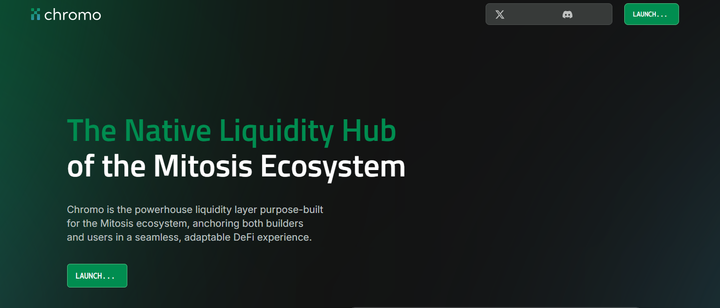
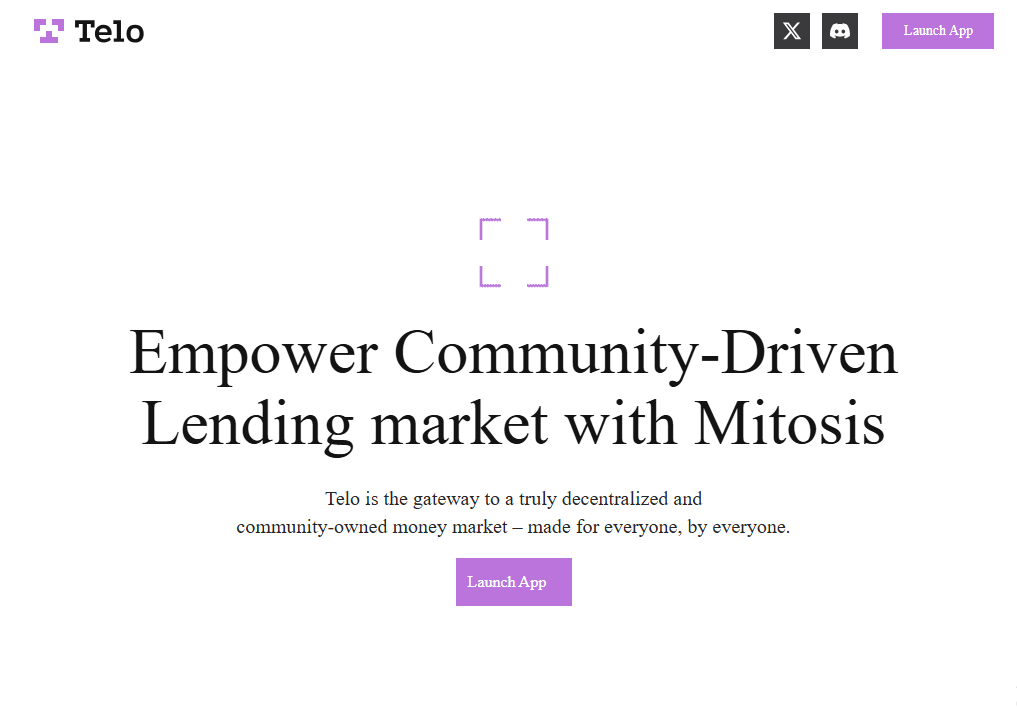
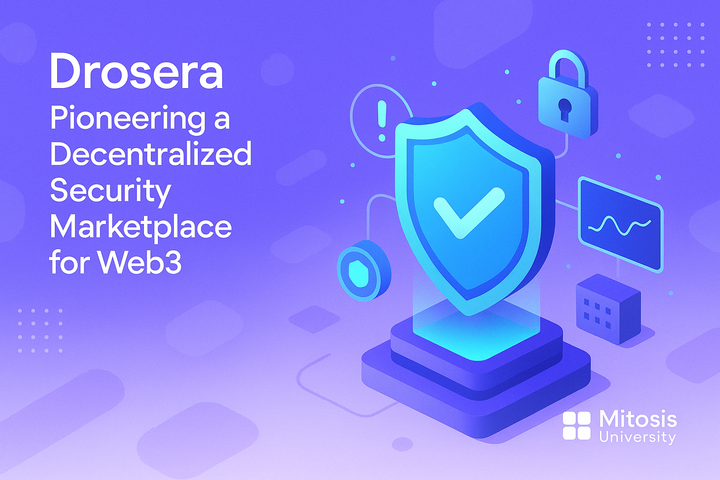
Comments ()